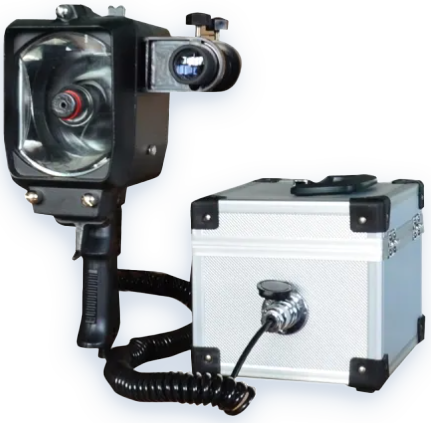Under the International Regulations for Preventing Collisions at Sea (COLREGs), navigation lights must be displayed in two primary scenarios:
1. From sunset to sunrise (night period).
2. During any period of restricted visibility (e.g., fog, heavy rain, mist), regardless of the time of day.
These rules ensure vessels are visible to others, minimizing collision risks. The requirements are outlined in Rule 20 (Application of Lights and Shapes) and Rule 19 (Conduct in Restricted Visibility) of COLREGs.
• Based on official astronomical time:
Sunset and sunrise times are determined by local latitude, longitude, and time zone, using authoritative sources like the Nautical Almanac, maritime databases, or electronic navigation systems (e.g., ECDIS). These times are precise (to the minute) and account for seasonal and geographic variations (e.g., polar regions may have 24-hour daylight/darkness).
• No reliance on personal observation:
The definition does not depend on whether the sun is visually visible (e.g., twilight afterglow or cloud cover). Lights must activate at the official sunset time (even if twilight persists) and turn off at official sunrise time (even if it feels dark due to clouds).
No!
• Objective rules override subjective judgment:
COLREGs require compliance with official astronomical times and measurable visibility standards (e.g., <3 nautical miles for restricted visibility), not personal perception. Even if you believe the sun has not fully set or visibility seems good, failing to use lights during prescribed periods violates the rules.
• Legal and safety consequences:
Non-compliance can lead to full liability in collision cases, as the rules exist to ensure consistent visibility for all vessels, regardless of individual circumstances (e.g., another vessel may have limited visibility due to angle, weather, or equipment).
Always use official data to determine light activation times and follow visibility rules strictly to avoid risks and penalties.
Tag: #Navigation Signal Light

GET A QUOTE